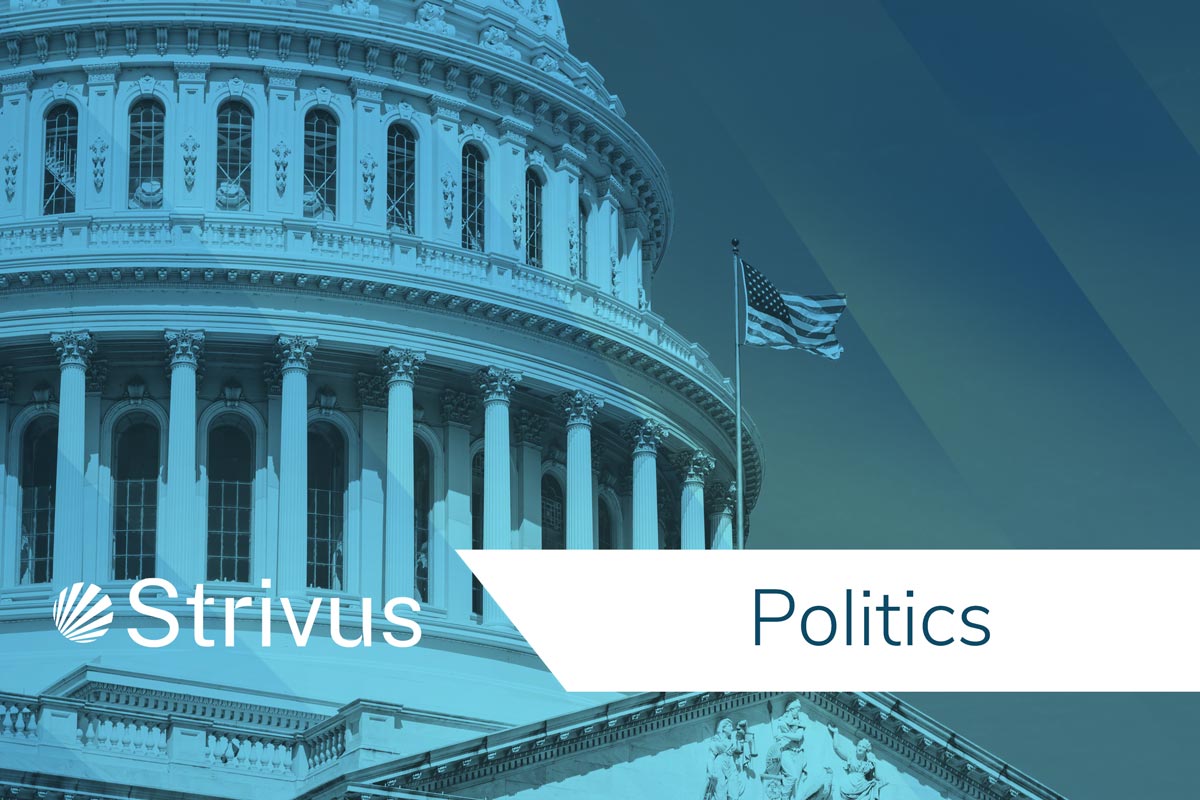Education

Following S.E.C.U.R.E. ACT 2.0

Life expectancy has been rising since the earliest humans walked the Earth. Only in the last 30,000 years or so did the concept of a living grandparent become a reality. People just didn’t live long enough to see their own children give birth. Overall, Americans are enjoying lengthier life spans and improved quality of life. This is largely due to advances in medicine, vaccinations, and nutrition. Your own life expectancy was determined at birth, measured across the population of births in that time period.
Clouding this picture is the increased flow of Fentanyl across our unprotected borders and onto American streets everywhere. This scourge is so powerful, especially coupled with the COVID-19 pandemic, that it is statistically altering American data. Life expectancy is still rising (for all the right reasons), but many individual life spans are falling, due to avoidable deaths at all ages. This alters the average life span in specific age groups. Life expectancy and life span should not be confused. One is collective and the other personal. If you avoid COVID and Fentanyl, your prospect for outliving prior generations is fantastic.
Recognizing the challenges of increased life expectancy, Congress passed the S.E.C.U.R.E. Act (now dubbed “SECURE 1.0”) in 2020. Among other provisions, the Act increased the age for Retirement Account Required Minimum Distributions (RMDs), from the (arcane) 70-1/2 to a more reasonable 72. Increasing the RMD age helped align the law to reality, but recognized only part of actual longevity gains.
Recognizing that SECURE 1.0 was insufficient to reflect reality, several members of Congress are now supporting SECURE 2.0, which would further raise the RMD age. Immediately, the RMD age would go to 73, and every 5 years thereafter, for a decade, the age would be bumped up another year, until attaining age 75 in 2033. Absent any unseen future detrimental effects to our longevity, this protects younger generations from excessive erosion of their retirement savings.
There are many more provisions in SECURE 2.0, including many unknown and some unwelcome, but overall, it appears to be reasonable. Further, various proposals being integrated into a final SECURE 2.0 Bill have been receiving overwhelming majority support in both Houses of Congress.
Passage of SECURE 2.0 is required before the end of the year, or the entire package will need to be renegotiated. No one seems to have any tolerance for delay, and it appears that the final Bill will sail through Congress in 2022. President Biden would not hesitate to sign on to a Bill with nearly unanimous support of Democrats. Look forward to some (mostly) good news in a few weeks.
Van Wie Financial is fee-only. For a reason.
